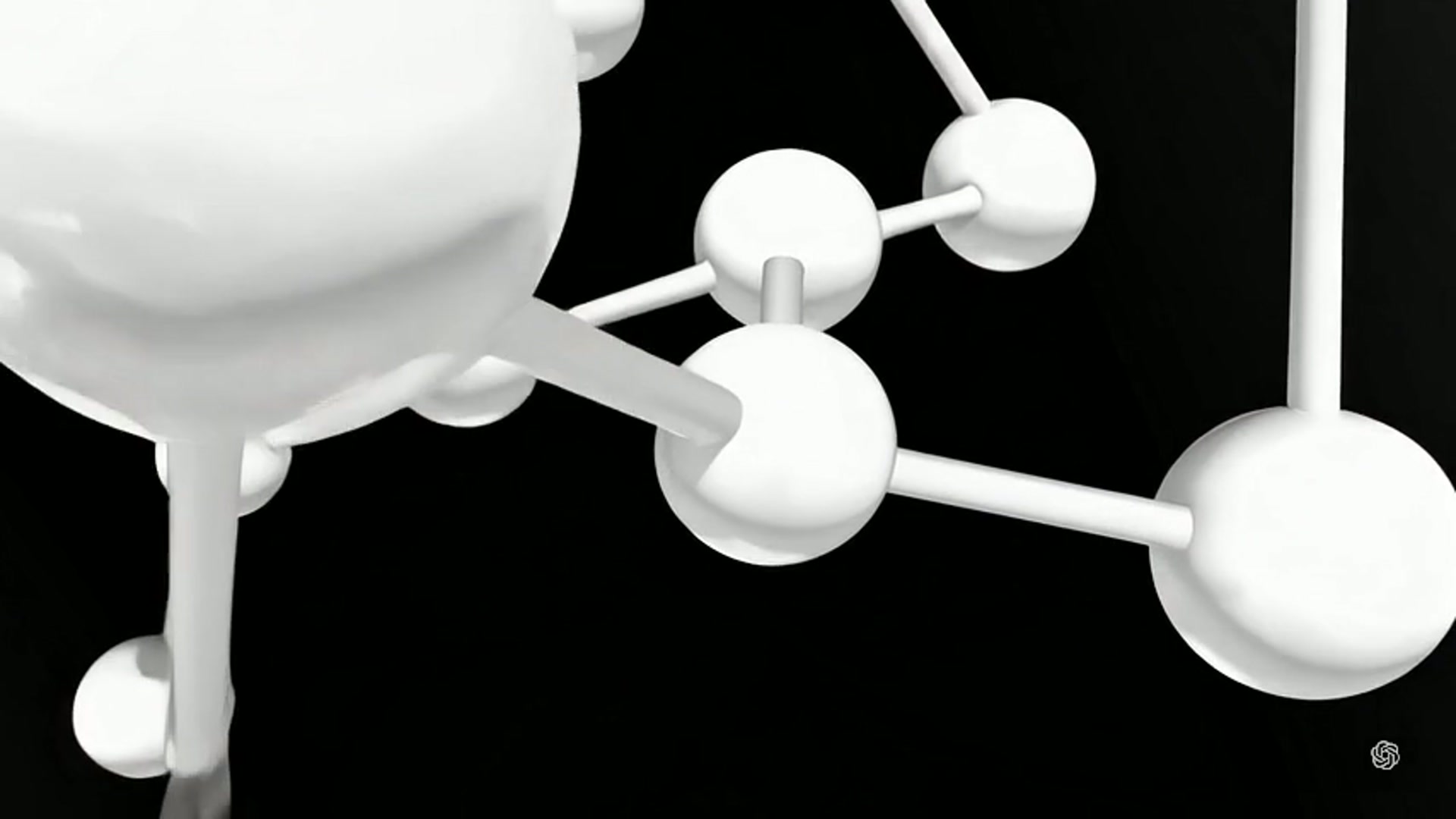Pablo Grobas Illobre, PhD
Computational chemist and scientific software developer with over six years of experience in quantum chemistry, QM/MM methodologies, and high-performance computing. Lead developer of quantum-chemistry algorithms (C++/Fortran) within the Amsterdam Modeling Suite, in collaboration with Software for Chemistry & Materials (SCM). Skilled in Python for data analysis, cheminformatics (RDKit), and machine learning (TensorFlow, PyTorch). Passionate about bridging physics-based modelling and AI-driven drug discovery through scalable, production-grade scientific software.
Technical Skills
- Expertise: QM/MM and molecular modelling
- Programming: Python, C++, Fortran, MATLAB
- Libraries: RDKit, TensorFlow, PyTorch, scikit-learn, NumPy, SciPy
- Development: Git, VS Code, CI/CD basics
- Systems: Linux, Bash, HPC environments
- Scientific Software: Amsterdam Modeling Suite (AMS), Gaussian
Experience & Training
Senior Postdoctoral Researcher,
Scuola Normale Superiore (Pisa, Italy)02/2025 – Present
I lead the development of QM/MM quantum-chemistry algorithms in C++ and Fortran within the Amsterdam Modeling Suite, in collaboration with the Software for Chemistry & Materials. This work is complemented with Python for machine learning, data analysis, and scientific visualization in spectroscopy and multiscale modelling research.
My research integrates intensive software development to investigate:
- QM/MM Surface-Enhanced Spectroscopies: fluorescence, Raman scattering, Raman optical activity.
- Plasmonic Materials: graphene & metal nanoparticles.
- Plasmon-Mediated Electronic Energy Transfer.
Research Projects
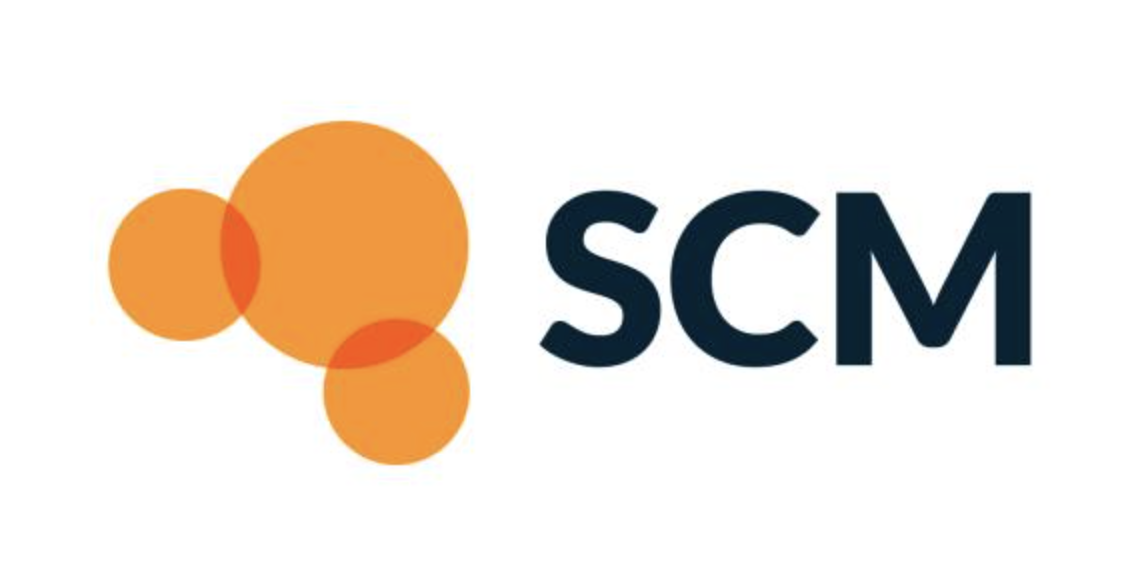
Development of Quantum Chemistry Software for SCM (Software for Chemistry & Materials)
Industry collaboration associated with Scuola Normale Superiore | 2020 – Present- Algorithms for Surface-Enhanced Raman Scattering (SERS).
- Pipeline for Surface-Enhanced Fluorescence (SEF).
- Tools for plasmon-mediated resonance energy transfer.
- Implementation of Surface-Enhanced Raman Optical Activity (SEROA) calculations.
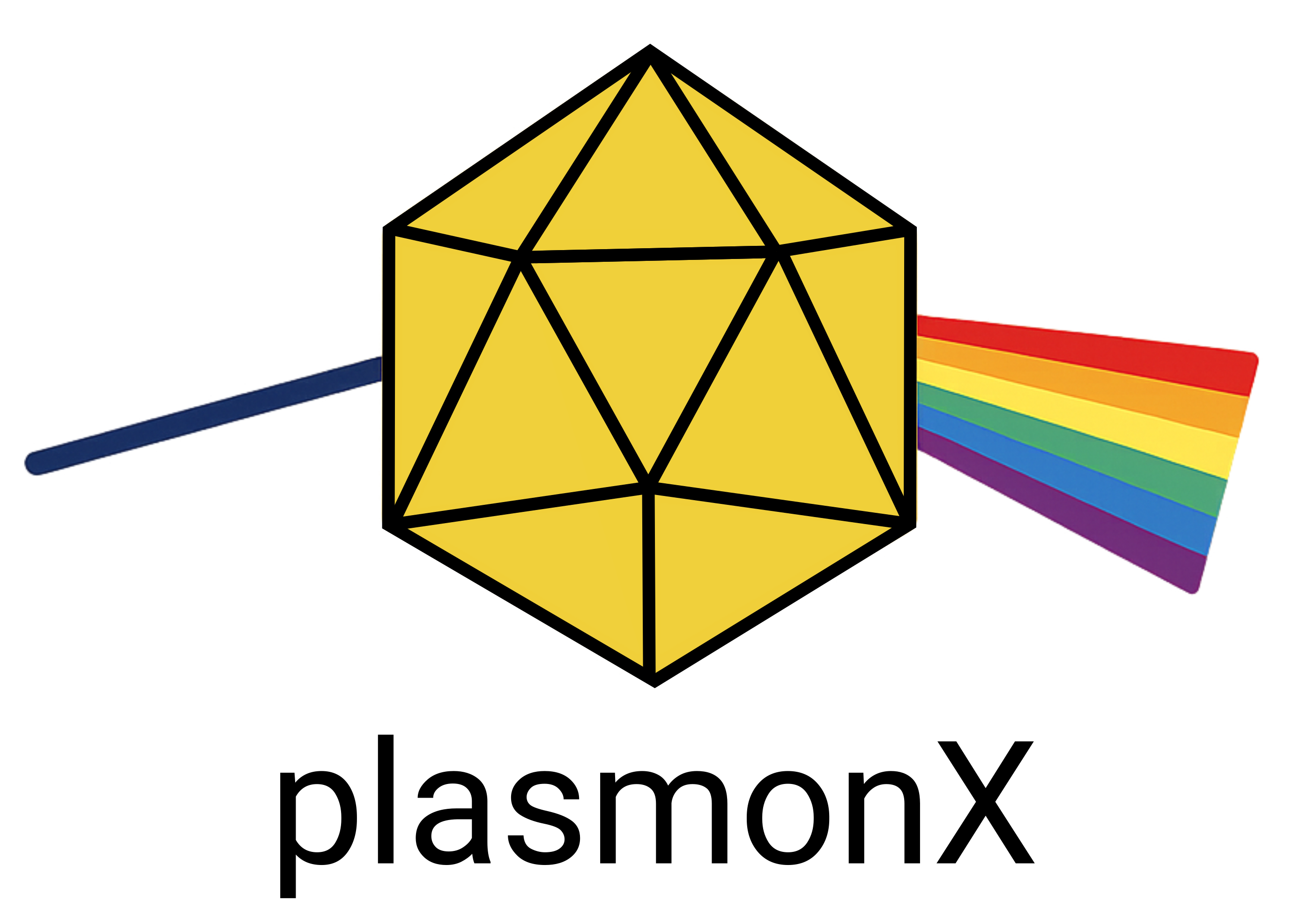
Development of High Performance Software for Nanoplasmonics Research
Scuola Normale Superiore | 2020 – Present- Standalone, parallelized implementations for ωFQFμ and BEM equations.
- High-performance algorithms for solving the linear systems via direct inversion and iterative schemes.
- Analysis of the optical response (absorption spectra, charge/density distributions, and more).
- User-friendly interface via integration with the GEOM module.
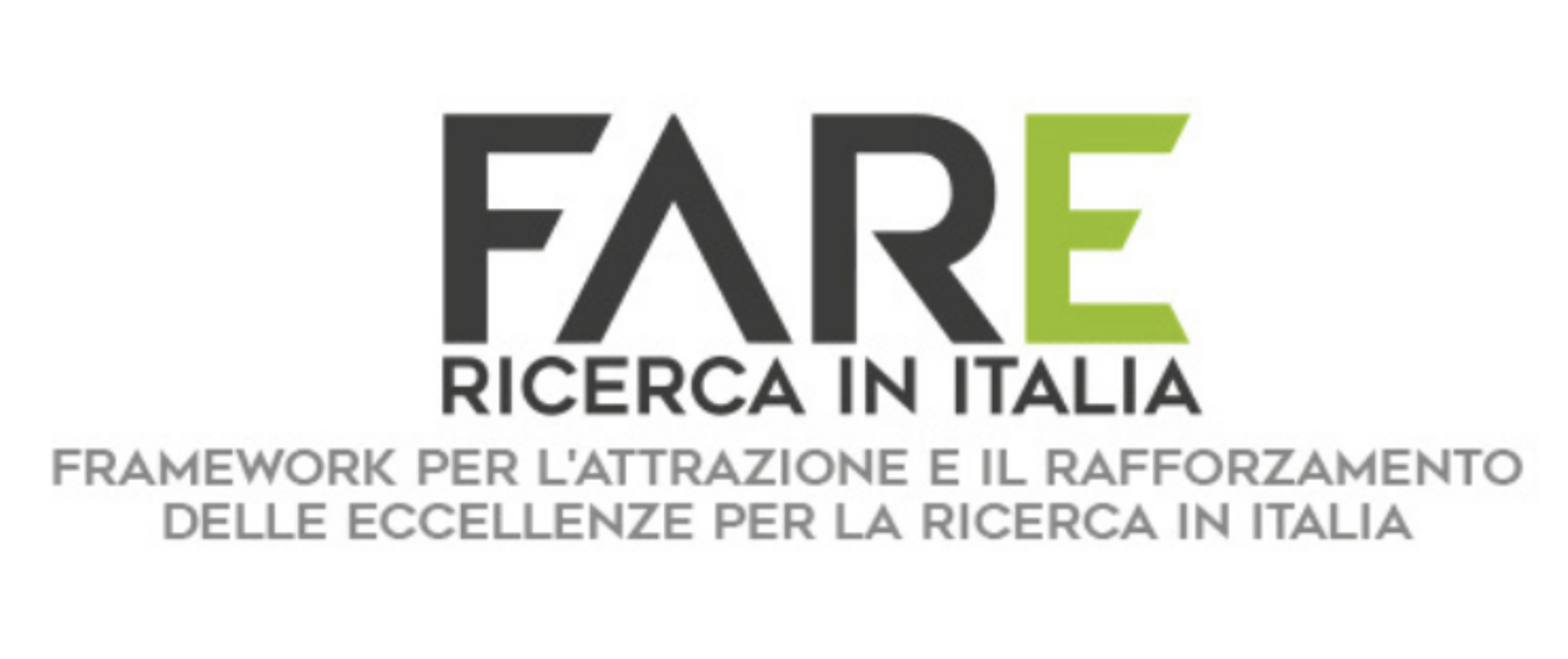
FARE — “Framework per l’attrazione e il rafforzamento delle eccellenze per la ricerca in Italia”
Scuola Normale Superiore | 2020 – Present | PI: Chiara Cappelli
- Python programming (in-house codes) for data analysis, manipulation, and visualization (e.g., Python-driven figures in P. Grobas Illobre et al., Nanoscale Adv., 2024, 6, 3410 ).
- Quantum chemistry QM/MM software development in C++ and Fortran (AMS + in-house) for surface-enhanced fluorescence and plasmon-mediated electronic energy transfer.
- Intensive use of HPC infrastructures to automate and streamline data production workflows.
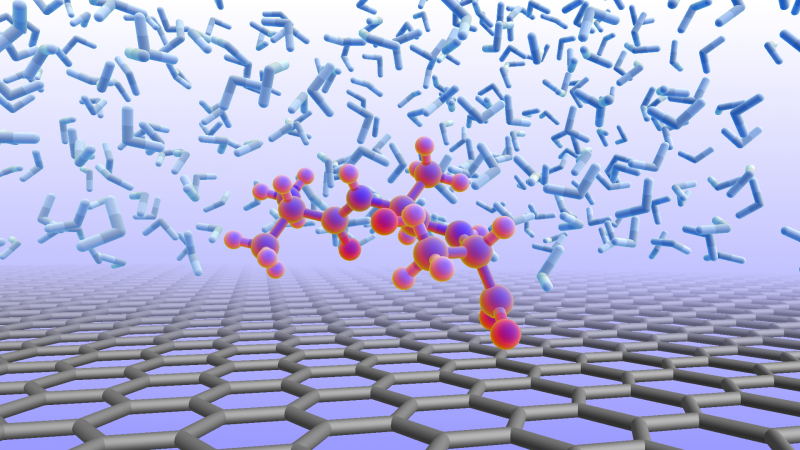
GEMS — General Embedding Models for Spectroscopy ,
ERC Consolidator GrantScuola Normale Superiore | 2020 – 2025 | PI: Chiara Cappelli
- Python programming (in-house codes) for data analysis, manipulation, and visualization (e.g., Python-driven figures in T. Giovannini et al., ACS Photonics, 2022, 9, 3025 ).
- Currently developing a machine learning pipeline in Python to study and simulate graphene samples.
- Quantum chemistry software development in Fortran (Amsterdam Modeling Suite + in-house) for plasmonic materials, QM/MM SERS, and Raman optical activity.
- Intensive use of HPC infrastructures to streamline large-scale data production workflows.
Selected Publications
-
The Journal of Chemical Physics (2025)
P. Grobas Illobre , P. Lafiosca , L. Bonatti , T. Giovannini , C. CappelliWe introduce a hybrid multiscale method (ωFQFμ-BEM) that models metal nanoparticles with an implicit continuum core and atomistic surface. Coupled with quantum mechanics, this framework reproduces optical properties and Surface-Enhanced Raman Scattering (SERS) with high accuracy at a fraction of the computational cost of fully atomistic approaches
QM/MM · Fortran · Python · AMS · SERS · HPC · PlasmonX -
arXiv (2025)
T. Giovannini , P. Grobas Illobre , P. Lafiosca , L. Nicoli , L. Bonatti , S. Corni C. CappelliWe present plasmonX, an open-source code for simulating the plasmonic response of nanostructures. It combines high-performance implementations of the atomistic frequency-dependent fluctuating charges and dipoles approach (ωFQFμ) and the continuum Boundary Element Method (BEM), enabling accurate modeling of metallic and graphene-based systems and in-depth analysis of their optical properties.
Fortran · Python · HPC · PlasmonX
Awards
- PhD awarded with honors (with honors).
- Scuola Normale Superiore PhD Scholarship (2020–2025).
- Two NanoX Research Scholarships (2019 & 2020).
- Erasmus Internship Fellowship (2019–2020).
- Consejo Superior de Investigaciones Científicas (CSIC) – Jae Intro Fellowship (2019).
- Extraordinary Prize for achieving the best academic record in the Bachelor of Chemistry (2018).
- Erasmus+ scholarship (2016).
